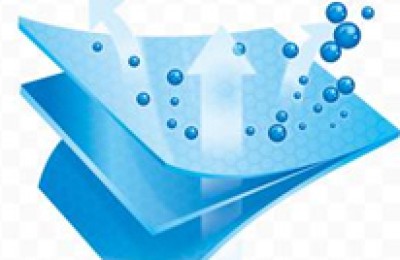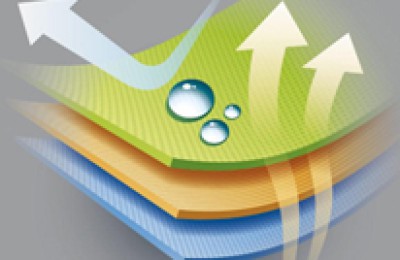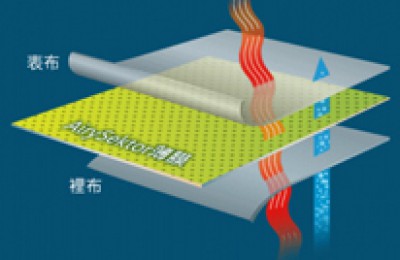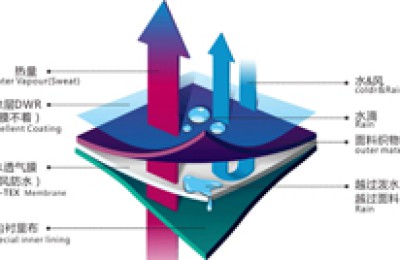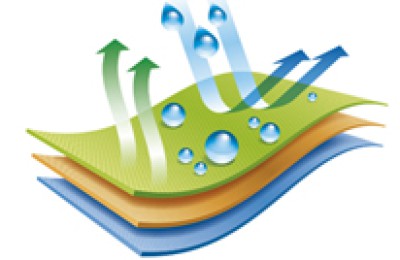1What is yarn count?
The common ones on the market are 30, 40, 60, etc.! For example, some friends call 30 pieces 30S, which is the same, there is no difference!
2So what exactly is count?
Count is the standard for the thickness of yarn.
An analogy
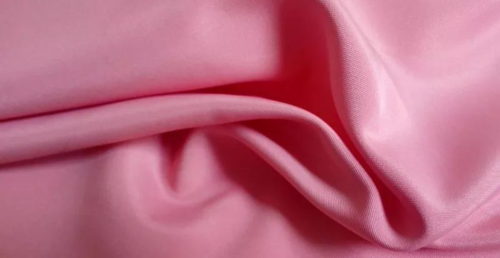
One tael of cotton can be made into 30 yarns of 1 meter, that is 30 counts, and one tael of cotton can be It can be made into 40 pieces of yarn 1 meter long, that is 40 pieces; 1 tael of cotton can be made into 60 pieces of yarn 1 meter long, that is 60 pieces. In fact, the higher the yarn count, the finer the yarn. Use The thinner the gauze fabric, the softer and more comfortable the fabric will be.
High-count cloth requires high-quality raw materials (cotton), and also requires higher requirements on yarn mills and textile weaving factories, so the cost of the cloth is relatively high .
3What is density?
The density of cloth is a very important data in the textile industry! In the industry, fabrics basically don’t talk about count, they only talk about
** Multiply ** (such as 110*90, 128*68, 65*78, 133*72), because there are very few choices for count, generally 30S and 40S, and 60S
There are very few applications. It can be said that 60S cloth is not suitable for bedding because it is too thin!
The density of fabric refers to the number of warp or weft yarns that the fabric has per unit length. Density is divided into warp density and weft density, referred to as warp density and weft density. Its measurement method is generally expressed in my country:
The number of yarns in the length of 1 inch (2.54 cm) is expressed.
For example: the warp density of a certain fabric is 128 threads/inch, and the weft thread density is 60 threads/inch. When writing, it is expressed by warp density × weft density, that is: 128 ×60
In short, the count of the fabric refers to the thickness of the yarn, and the density of the fabric refers to how many yarns are contained within 1 inch.
4 How to calculate the density of cloth?
Calculating the density of fabric is easy to say and difficult to say. It is difficult to judge the number of yarns in a 1-inch range of a piece of fabric with the naked eye. Moreover, calculation is time-consuming and labor-intensive, so generally everyone likes to use a density mirror to see the density of fabrics. This work is very simple with the help of tools.
5 Misunderstandings
Misunderstanding 1: The higher the count, the better. The higher the count, the thicker the cloth. The higher the count, the denser the cloth!
Opinion: Not necessarily. For the same density, a higher thread count is better, but anything above 60S cannot be used as bedding; the higher the density, the denser the cloth. ;The lower the count, the thicker the yarn and the thicker the cloth!
Myth 2: 30S and 40S fabrics are very poor.
View: This is not the case. You must know that among big brand bedding manufacturers, more than 95% are 30S and 40S products. It can be said that the bedding products we see now are 98% % is 30 or 40, and the extra ones are 20 (the cloth is very thick) or 60; embroidery and printing are both 30 or 40, 60 only has jacquard, satin, etc., and jacquard is also relatively small of.
6 professional terms
Plain weave fabric: Every other warp and weft yarn is interlaced. The interweaving points are densely arranged, and there is no difference between the front and back sides. Therefore, the plain weave fabric has a tight structure, a firm texture, but a hard feel.
Twill fabric: It is a fabric using twill weave. The cloth surface has obvious diagonal lines, good feel, gloss and good elasticity.
Satin fabric: The warp or weft yarns of the satin fabric form some independent, non-connected warp or weft points in the fabric, and the cloth surface is almost entirely made of Covered by warp or weft yarns, the surface seems to have diagonal lines, but it does not have obvious diagonal lines like twill. The warp and weft yarns are interlaced less often, giving it a smooth and bright appearance.
END



